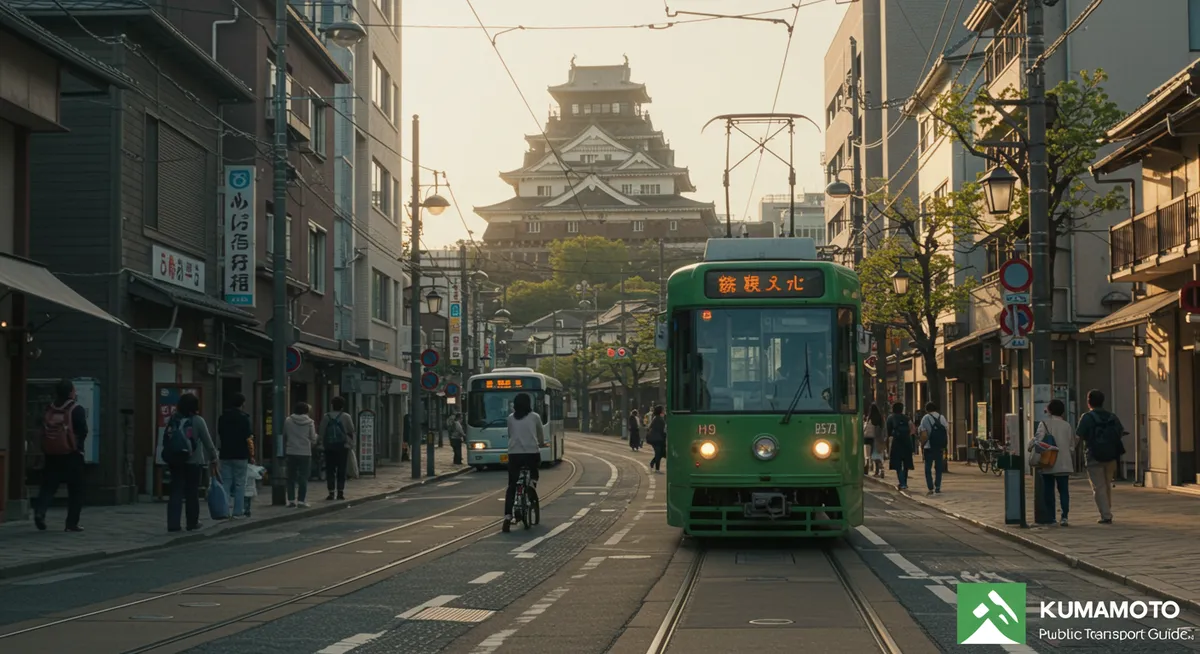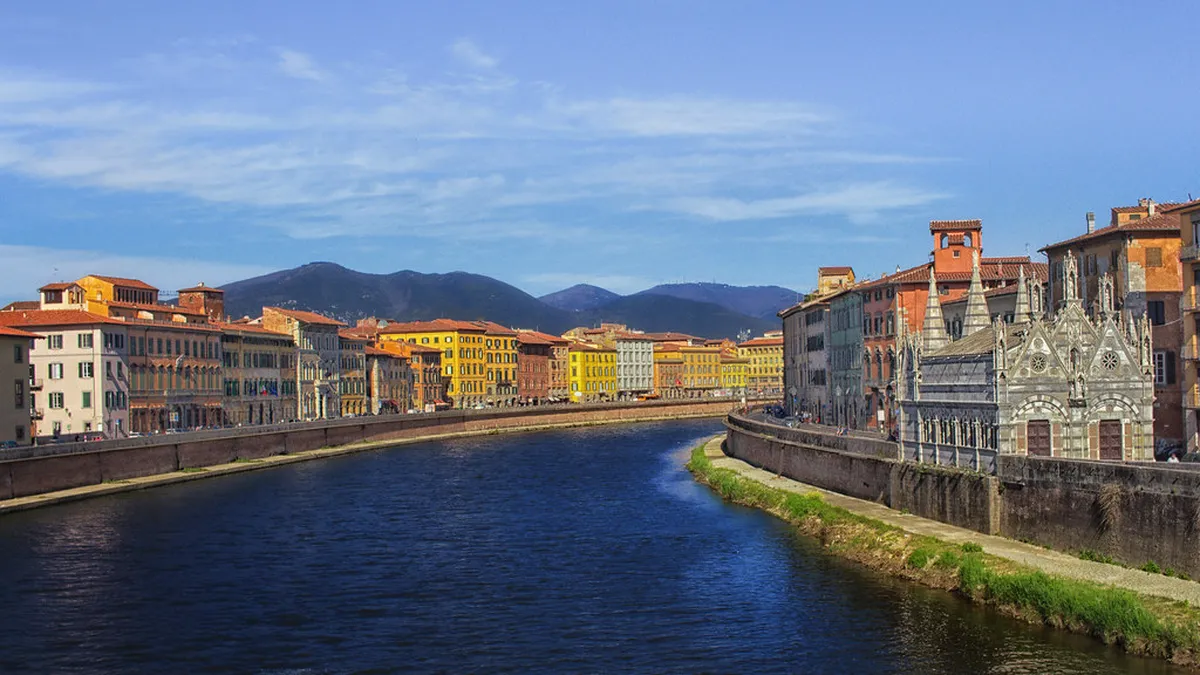Your Essential Kumamoto Public Transport Guide
Navigating Kumamoto's Tram System
The A and B lines of Kumamoto City Tram (Shiden) are incredibly user-friendly and perfect for sightseeing. As a seasoned traveler, I've found them remarkably efficient for reaching key attractions like Suizenji Garden. A single ride costs a flat fare, making budgeting simple. This part of the Kumamoto public transport guide highlights the ease of tram travel. Look for the green trams, which are iconic to the city. My personal tip: always have exact change or an IC card ready, as drivers don't always carry large amounts of change. They are a reliable way to connect various parts of the city. Design your dream vacation using our Kumamoto itinerary.
Understanding Kumamoto's Bus Network
Kumamoto's bus network is extensive, reaching areas the trams don't cover, making it a vital part of any comprehensive Kumamoto public transport guide. Buses can be a bit more complex due to numerous routes, but they're excellent for local exploration and accessing specific neighborhoods. When visiting, I always recommend checking the route maps displayed at bus stops or using a navigation app like Google Maps, which integrates local bus schedules accurately. Remember to enter from the rear door and exit from the front, paying as you alight. It's a fantastic way to discover hidden gems slightly off the main tourist paths. Map out your exploration with our Kumamoto itinerary. Enhance your Kumamoto experience with our Kumamoto itinerary.
Utilizing Local Trains for Day Trips
While trams and buses cover the city center, local trains are indispensable for day trips beyond Kumamoto. These include the Hohi Line and Misumi Line, connecting you to scenic spots and neighboring towns. For example, using the JR Hohi Line can take you towards Aso, offering stunning volcanic landscapes. Your Kumamoto public transport guide wouldn't be complete without acknowledging these broader regional connections. I've personally found that purchasing a Japan Rail Pass or regional pass can offer significant savings if you plan multiple long-distance journeys. Always verify train schedules in advance, especially on weekends, to ensure smooth travel. Enhance your Kumamoto experience with our Kumamoto itinerary. Discover the best local cuisine with our Kumamoto food guide.
Essential Tickets & IC Cards
🌟 Local Expert Tip: Get the most out of your Kumamoto visit with guided tours!
Simplifying your travel with the right payment method is crucial in any Kumamoto public transport guide. While cash is always an option on buses and trams (often requiring exact change), IC cards like SUGOCA, Suica, or Pasmo are incredibly convenient. You can purchase and top up these cards at major train stations and convenience stores. Tapping your card at entry and exit points saves time and hassle, especially during peak hours. From my experience, having an IC card minimizes fumbling for coins, allowing for a smoother boarding process. Consider a one-day tram pass if you plan extensive tram use for sightseeing around places like the Kumamoto Castle area.
Tips for a Smooth Commute
💡 Pro Tip: Book your Kumamoto adventures in advance through Viator for the best deals!
To make the most of your Kumamoto public transport guide, keep these practical tips in mind. Firstly, embrace Google Maps; it's invaluable for real-time routes and schedules. Secondly, try to avoid peak commuter hours (7-9 AM and 5-7 PM) if you prefer less crowded rides. Thirdly, be mindful of local etiquette, like offering seats to the elderly or pregnant passengers. I always carry a small notebook for writing down destinations in Japanese, just in case there's a language barrier. For those planning a full Kumamoto itinerary, integrating public transport early into your plans ensures efficient sightseeing.
Frequently Asked Questions
What is the easiest way to get around Kumamoto city center?
Can I use an IC card like Suica in Kumamoto?
Are Kumamoto buses easy for tourists to use?
Mastering the Kumamoto public transport guide is your key to a fulfilling visit. Whether you're hopping on a tram to historic sites, navigating local buses to off-the-beaten-path spots, or using trains for scenic day trips, Kumamoto’s system is designed for accessibility. With an IC card in hand and a reliable map app, you’re set for seamless exploration. Embrace the convenience and discover all that Kumamoto has to offer.



